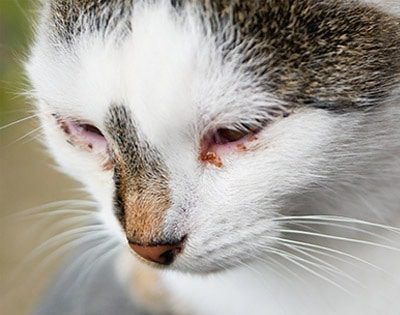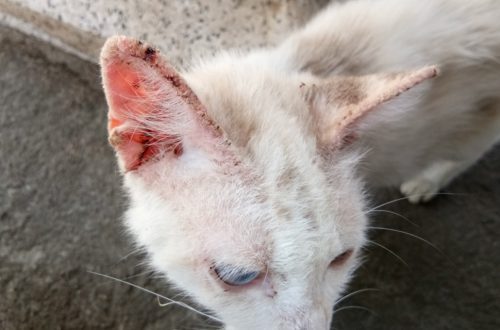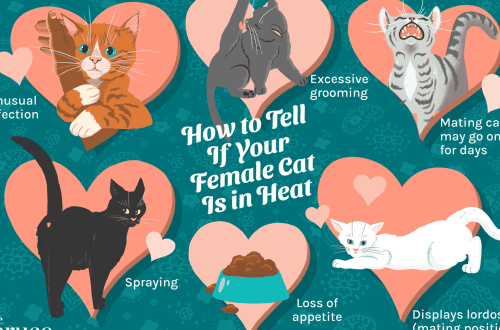
Calcivirosis in cats: symptoms and treatment

Contents
Symptoms of Calcivirosis in Cats
Depending on the virulence (aggressiveness) of the virus, the infection can manifest itself in different ways. Symptoms of calcivirosis in cats depend on the form of the disease and can last from several days to several weeks.
Typical symptoms of the respiratory form include:
ulcers in the mouth and around the mouth (on the tongue, gums, hard palate, lips, nose);
hypersalivation or drooling (due to mouth ulcers);
fever and, as a result, apathy;
anorexia (refusal to eat);
conjunctivitis, discharge from the eyes;
gingivitis, stomatitis;
sneezing, nasal discharge;
shortness of breath, cough.
A complicated course of the disease can lead to pneumonia, as well as joint damage, which is manifested by lameness.
In recent years, a virulent systemic form of calcivirosis, characterized by a hyperacute course, has become increasingly common. It is associated with virus mutations and is characterized by damage to various internal organs, leading to severe multiple organ failure (hepatitis, pancreatitis, vasculitis, pneumonia, etc.). Mortality in this form is very high. Clinically manifested in the form of subcutaneous edema, ulcers on the skin of the ears, paw pads, nose, around the eyes.
With calcivirus infection, its chronic course is also noted, in which the above symptoms may periodically occur. Some cats can be carriers of feline calcivirus for a long time without showing any signs of illness and retaining the ability to transmit the virus to other relatives.

How does the infection occur?
Owners of both purely pets and animals with access to the street should worry about infection with calcivirosis. Immediately after the virus enters the cat’s body, the mucous membranes of the oral cavity, nose, and conjunctiva are affected. After the virus multiplies there, it can spread through the bloodstream to other organs.
Calcivirosis in cats is a disease that is transmitted in several ways:
Direct – direct contact with a sick animal and its secretions in which the virus is localized (saliva, discharge from the eyes, nose or skin lesions).
Indirect – contact through cat household items (litter, bowls, trays) and contaminated (contaminated) excretions of the patient. Cases of infection with calcivirosis through fleas and their feces have also been described.

According to various sources, the virus persists in the environment from a week to a month and is relatively resistant to most disinfectants.
The following categories of cats are most susceptible to infection:
unvaccinated adult animals and kittens;
cats kept crowded, in large groups (in nurseries, shelters);
elderly animals;
animals with a weakened immune system (for example, cats with chronic viral infections, as well as those receiving immunosuppressive therapy).
Cats usually shed the virus within two or three weeks of being infected, but some become lifelong carriers and continue to shed the virus for a long time.
Diagnostics
First, an anamnesis is taken and the animal is examined. It is important to note that the presence of characteristic clinical signs of calcivirosis does not guarantee an accurate diagnosis. Therefore, laboratory testing is required.
Calcivirus in a cat is diagnosed by polymerase chain reaction (PCR diagnostics), which is the main laboratory method and allows detecting even a small part of the genetic material specific for calcivirus. For this study, animals are taken from the oropharynx, nasal mucosa, conjunctiva, and scrapings are made from skin lesions. Then the selected material is sent to the laboratory to detect the virus.
Test results should be interpreted with caution. Recent vaccination with live vaccines may cause a false positive result. False-negative results are more likely to occur if the cat has been swabbed more than a week after the onset of the infection. It follows from this that laboratory results should be evaluated together with clinical manifestations.
Depending on the examination, the veterinarian may recommend additional diagnostic tests: clinical blood count, biochemical analysis of blood serum. From instrumental diagnostics, a chest x-ray can be used to detect changes in the lung tissue characteristic of pneumonia.

Treatment of calcivirosis in cats
How and how to treat calcivirosis in cats, we will describe in more detail below.
Calcivirosis is a disease that has no specific (antiviral) treatment. Basically, it is symptomatic and supportive therapy. A common complication is secondary bacterial infections that require antibiotics.
Affected cats often have reduced appetite due to a poor sense of smell and/or are unable to eat due to sore mouth. In this regard, the use of soft, moist food, slightly heated (for flavor), is recommended, which will attract the attention of a sick cat. However, if the anorexia is severe, the cat does not eat for more than a day, hospitalization may be required, and feeding will be carried out through an esophageal tube. This is a very important point, the cat should not starve, as this will greatly aggravate the disease and slow down recovery!
Depending on the condition, intravenous infusions may be used to correct dehydration and electrolyte disturbances, pain relievers, and antipyretic (non-steroidal anti-inflammatory) drugs. Discharge from the eyes and nose must be carefully removed. If nasal congestion is severe and breathing is difficult, inhalation of saline (nebulizer) may be necessary to relieve mucous discharge. If necessary, mucolytic drugs are prescribed.
Oral sores can be treated with saline or feline oral hygiene products (eg, Stomadin Gel). It is not recommended to use iodine-containing preparations.
Feline calcivirosis is a serious disease, and in each case, the approach to its treatment may vary. Therefore, with any manifestations of the disease, it is better to immediately contact the veterinary clinic and not self-medicate at home.

Calcivirosis in kittens
Young animals are the most susceptible group for various infectious diseases due to their still completely fragile immunity.
If calcivirosis is confirmed in kittens, the symptoms of the disease will be more pronounced compared to adult animals. Their condition may be complicated by pneumonia. Accordingly, the mortality among babies is high. With regard to diagnosis and veterinary care, calcivirosis in kittens will be treated according to generally accepted approaches, as in adult animals.
Prevention
The best way to protect your cat from calicivirus is to keep your cat vaccinated regularly. Although the vaccine cannot completely prevent infection with the virus, it can greatly reduce the severity of the infection if infection does occur. To date, several combination vaccines are available that protect against calcivirosis, herpes virus, and panleukopenia virus. They are available as injections.
Patients with calicivirus infection should be isolated from other cats to prevent the spread of the disease. Each animal should have separate bowls for food and water, litter trays, etc. Strict hygiene and disinfection of cat utensils must be ensured.
Also, do not forget about hygiene for the owner himself (wash hands thoroughly, use separate (or disposable) apron, gloves, etc.). It is necessary to minimize the factors predisposing to the disease (poor living and feeding conditions, exacerbation of chronic diseases, stress, etc.).
Whenever there is a new cat in the house, it is extremely important to isolate it from others for two to three weeks. During quarantine, possible infections that have not yet manifested themselves can be detected.

Summary
Calcivirosis in cats is a disease that is widespread throughout the world.
There are respiratory and acute virulent systemic forms of calcivirosis.
The most susceptible to the disease are kittens, unvaccinated animals, cats with chronic diseases, elderly pets, as well as crowded cats.
The main signs of calcivirosis in cats are oral ulcers, fever, hypersalivation, anorexia, apathy.
The diagnosis is made in a complex way: by taking anamnesis, examining the animal, laboratory diagnostics (PCR study of swabs from the oropharynx, nasal cavity, conjunctiva).
The vaccine may not provide 100% protection, but it can make the disease easier!
Answers to frequently asked questions
December 24 2021
Updated: 21 May 2022





